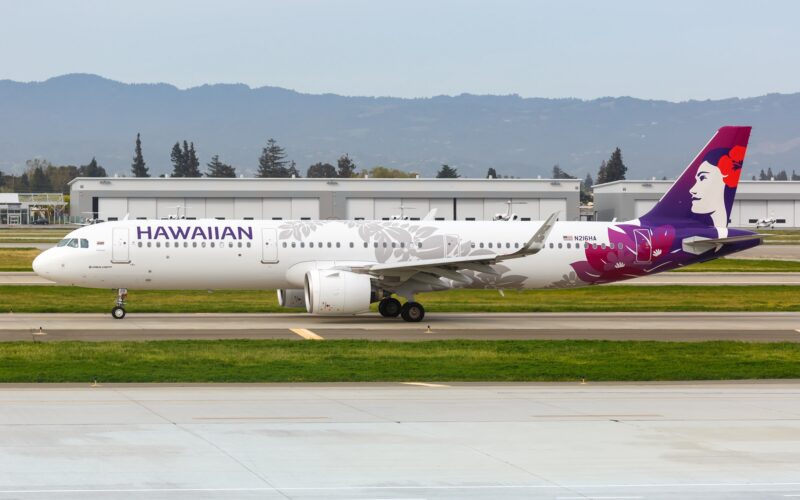Hawaiian blames fuel cost increase on A321neo engine supply issues

Hawaiian Airlines attributed the surge in fuel consumption during Q1 2023 to the shortage of available Airbus A321neo fleet, leading to the use of the Airbus A330 aircraft. As a result, the airline experienced a 21.4% increase in fuel consumption compared to the same period in 2022. However, the carrier recorded a 27.7% rise in passengers, carrying 2.5 million during the quarter, and earning $548.5 million in revenue.
Like other US airlines, Hawaiian Airlines incurred a rise in operating expenses, primarily due to a 30.9% increase in fuel and related taxes and delivery costs, resulting in a net loss of $98.2 million in Q1 2023. The airline highlighted runway construction at HNL and Air Traffic Control (ATC) protocol delays that disrupted its on-time performance, scheduling, and financial results.
Peter Ingram, Hawaiian Airlines’ President and CEO, expressed appreciation to the team and acknowledged the demand for leisure travel remained robust in the domestic and international markets they serve.
For Q2 2023, the carrier anticipates an increase in capacity of 10.5% to 13.5% measured in Available Seat Miles (ASM), while operating revenues per ASM (RASM) may decrease in the range of 8.5% to 11.5%. Costs per ASM (CASM) are expected to either remain the same or rise by 3%.
Hawaiian Airlines forecasts a higher fuel consumption number and jet fuel price for the year, with an expected rise of 12.5% to 15.5% and an average jet fuel price of $2.70, respectively. In 2022, the airline generated $2.3 billion in revenue but ended the year with a net loss of $240.1 million.
